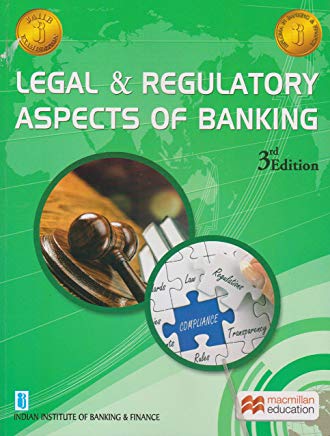JAIIB AFB Unit 13 - Balance Sheet Equation (Year: 2019)
Balance Sheet Equation
Always the total claims (those of outsiders such as creditors and of the proprietors, i.e. net worth) will equal the total assets of the business.
We can express the same as:
Assets = Equities (total claims)
or Assets = Liabilities + Capital
or Liabilities = Assets - Capital
or Capital = Assets - Liabilities
Computation of Balance Sheet Equation
If there is any change in the amount of the assets or the liabilities, the owners' claim or the capital is bound to change correspondingly. If assets increase and liabilities do not, the capital will increase; a reduction in the amount of assets or an increase in the amount of liabilities will mean a reduction in the amount of capital.
Capital: It means the amount which the owner of business has invested in the firm and can claim from the firm.
Liability: It means the amount which the firm owes to outsiders. Long term liabilities are those liabilities which are payable after a long term. Current liabilities are those liabilities which are payable in near future (generally within one year).
Assets: Assets are things of value owned. Fixed assets are those assets which are purchased for the purpose of operating the business but not for resale, e.g. Land, Building, Plant and Machinery, etc. Current assets are those assets which are kept for short term for converting into cash or for resale, e.g. unsold goods, debtors, cash, bank balance, etc.
Revenue: It means the amount which, as a result of operations, is received by the business.
Expense: It is the amount spent in order to produce and sell the goods and services which produce the revenue.
Income: The difference between revenue and expense is called income (if revenue is more than expense).
Debtor: A person who owes money to the firm, mostly on account of credit sales of goods, is called a debtor.
Creditor: A person to whom money is owed by the firm is called a creditor.
JAIIB Study Material
| JAIIB Paper 1 Study Material |
| JAIIB Paper 2 Study Material |
| JAIIB Paper 3 Study Material |


